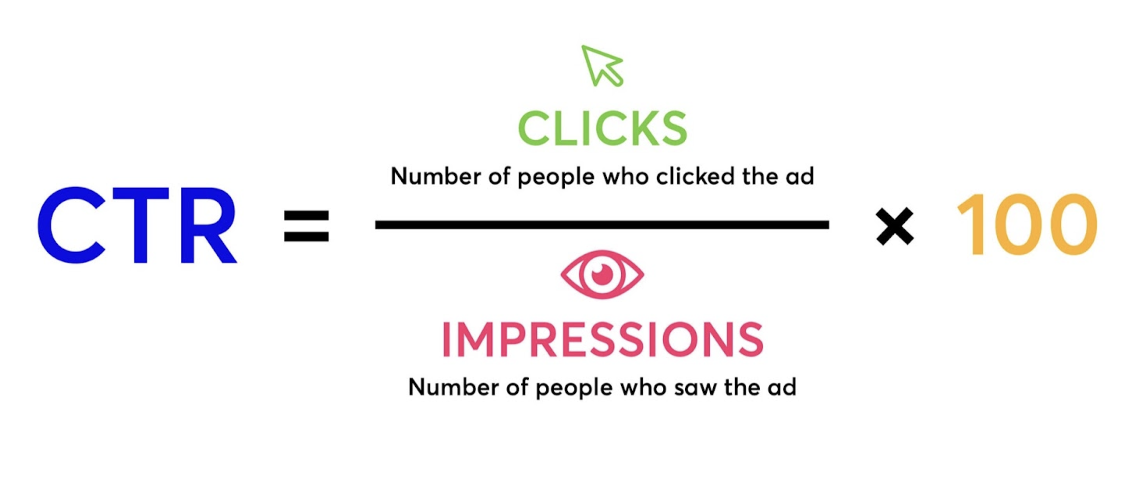Understanding Click-Through Rates (CTR): The Vital Metric for Online Success
In the expansive realm of digital marketing, where every click counts and every interaction shapes the trajectory of a campaign, understanding click-through rates (CTR) is paramount. Click-through rates serve as the pulse of online engagement, providing invaluable insights into user behavior and the effectiveness of marketing strategies. In this comprehensive guide, we delve into what CTRs are, their significance, and why they are crucial for maximizing online success.
What are Click-Through Rates (CTR)?
Click-through rates represent the ratio of users who click on a specific link to the number of total users who view a page, email, or advertisement. Essentially, CTR is a measure of the effectiveness of a marketing campaign or content piece in generating clicks from its audience.
CTR is typically expressed as a percentage and is calculated using the following formula:
CTR=(Number of ClicksNumber of Impressions)×100%CTR=(Number of ImpressionsNumber of Clicks)×100%
For instance, if an email campaign receives 500 clicks from 10,000 delivered emails, the CTR would be 5%.
The Significance of Click-Through Rates
Performance Evaluation:
CTRs serve as a key performance indicator (KPI) for marketers to assess the effectiveness of their campaigns. A high CTR indicates that the content resonates with the audience and compels them to take action, whether it's clicking on a link, visiting a website, or making a purchase.
User Engagement:
A high CTR signifies active user engagement. It demonstrates that the content is compelling and relevant to the audience's interests or needs, prompting them to explore further.
Ad Relevance and Quality Score:
In online advertising, such as Google Ads, CTR plays a crucial role in determining ad relevance and Quality Score. Ads with higher CTRs are deemed more relevant by search engines, resulting in better ad placements and lower advertising costs.
Conversion Potential:
While CTRs measure clicks, they also indicate the potential for conversions. A well-crafted ad or email with a high CTR is more likely to lead to conversions, whether it's a purchase, sign-up, or other desired actions.
Why Click-Through Rates are Important for SEO
In the realm of Search Engine Optimization (SEO), CTR holds immense significance. Here's why:
Higher Rankings:
Search engines like Google consider CTRs as a ranking factor. Pages with higher CTRs are perceived as more relevant and valuable to users, consequently earning higher rankings in search results.
Improved Visibility:
A high CTR can lead to increased organic traffic as it signals to search engines that the content is engaging and worthy of visibility. Improved visibility translates to more opportunities for user engagement and conversions.
Informing Content Strategy:
Monitoring CTRs can provide valuable insights into audience preferences and behavior. By analyzing which content or keywords yield higher CTRs, marketers can refine their content strategy to better align with user interests and preferences.
A/B Testing and Optimization:
CTRs are instrumental in A/B testing and optimization efforts. Marketers can experiment with different headlines, meta descriptions, and call-to-action (CTA) buttons to determine which variations yield the highest CTRs, thereby optimizing for better performance.
Conclusion
In the dynamic landscape of digital marketing, where user engagement reigns supreme, click-through rates emerge as a quintessential metric for success. By comprehending the nuances of CTRs and their implications, marketers can fine-tune their strategies, enhance user engagement, and propel their online endeavors to greater heights. As the digital ecosystem continues to evolve, harnessing the power of click-through rates remains indispensable for achieving and sustaining online success.






